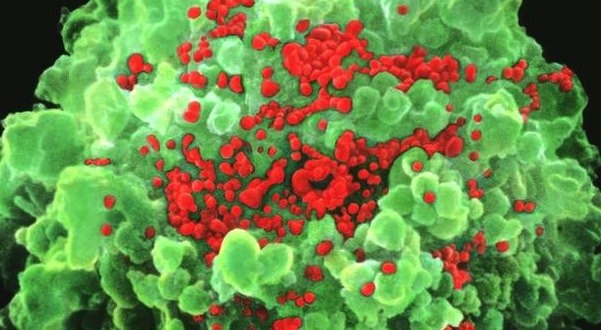The number of people diagnosed with HIV in the United States dropped 33 percent in the last decade, but new cases among young homosexual and bisexual men doubled, according to researchers who say prevention programs need to be expanded.
Better screening and prevention have driven the decline among women and people ages 35 to 44, a study by the U.S. Centers for Disease Control and Prevention found. The two-fold increase was seen among young bisexual and homosexual men age 13 to 24, according to a study published in the Journal of the American Medical Association.
During the period of 2002-2011, 493,372 people in the United States were diagnosed with HIV.
The annual diagnosis rate fell by 33.2 per cent, from 24.1 per 100,000 population in 2002 to 16.1 in 2011, said the study.
While statistically significant decreases surfaced in most every demographic group, no changes were seen among Asians or Native Hawaiians and other Pacific Islanders.
Among men who have sex with men, diagnoses “remained stable overall”, but when they were separated by age group, certain growth trends became apparent.
Meanwhile, HIV fell among men aged 35-44.
“Among men who have sex with men, unprotected risk behaviours in the presence of high prevalence and unsuppressed viral load may continue to drive HIV transmission,” said the study.
Researchers also noted that HIV testing was expanded during the study period, which can often result in an initial surge in diagnoses, but it was unclear if this was driving the rise among some men.
The findings are published in the July 23/30 issue of JAMA that focuses on HIV/AIDS and coincides with the International AIDS Conference in Melbourne.
Agencies/Canadajournal
 Canada Journal – News of the World Articles and videos to bring you the biggest Canadian news stories from across the country every day
Canada Journal – News of the World Articles and videos to bring you the biggest Canadian news stories from across the country every day



